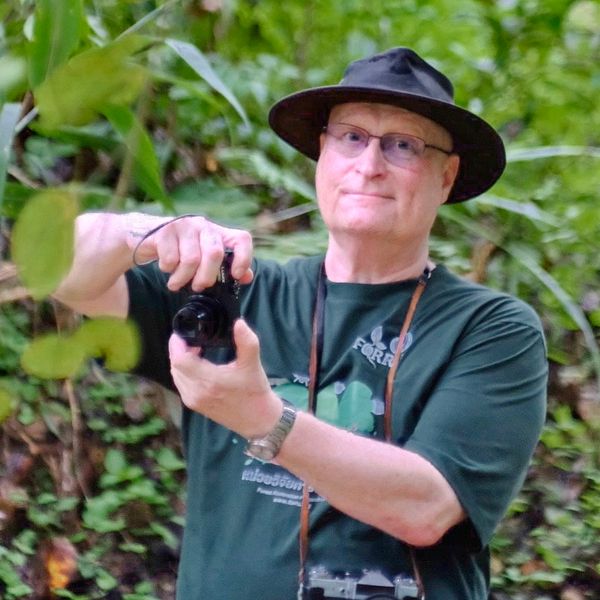Selecting native tree species for restoring riparian ecosystem, Tak Province

Waiboonya, P., B. Moungsrimuangdee & S. Elliott, 2022. Selecting native tree species for restoring riparian ecosystem, Tak Province. Burapha Science Journal 27(3).
ABSTRACT: This research investigated the selection of native forest tree species for restoring riparian forest in Tak Province, Thailand. Ten native tree species were planted in degraded riparian forest in 4 replicated plots (10 x 30 m); 20 plants per species per plot. Survival and growth of planted trees were monitored by measuring height, crown width and root collar diameter (RCD) and recording a health score shortly after planting (August 2019), at the end of the first rainy season (December 2019) and at the beginning (May 2020), middle (August 2020) and end of the second rainy season (January 2021). Alphonsea ventricosa exhibited the highest per cent survival after second rainy season, (75.1 ± 9.1 %) followed by Artocarpus lacucha and Ar. chama (61.3 ±3.1 and 52.1± 9.3, respectively). No saplings of Cleidion javanicum and Garcinia xanthochymus survived. Mallotus nudiflorus achieved the highest relative growth rate of root collar diameter, height and crown width (75.7 ± 7.0, 68.2 ± 8.5 and 73.5 ± 14.6 %/year), followed by Protium serratum (54.4 ± 3.1, 48.4 ±7.2 and 55.0±7.1 %/year, respectively). Recommended species for initiating restoration of riparian forest are therefore Alphonsea ventricosa, Artocarpus lacucha, Ar. chama, Mallotus nudiflorus and Protium serratum.


